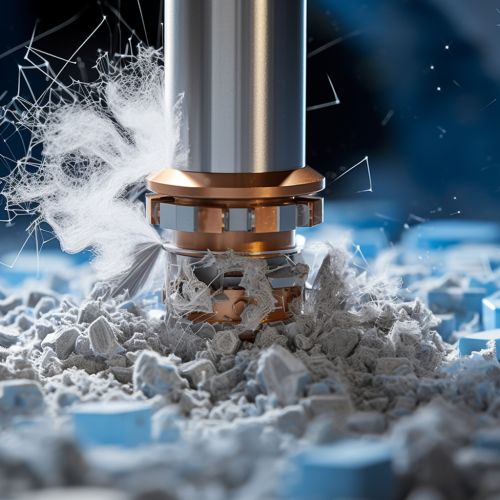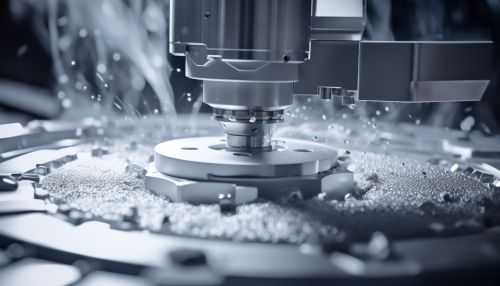Cryogenic Electron Microscopy in Structural Biology
Introduction
Cryogenic electron microscopy (Cryo-EM) is a form of transmission electron microscopy that allows for the imaging of samples at cryogenic temperatures. This technique has become an indispensable tool in the field of structural biology, enabling researchers to visualize biological molecules and complexes in near-native conditions.


History and Development
The development of Cryo-EM has its roots in the broader field of electron microscopy, which began in the early 20th century. The first electron microscope was developed in 1931 by Ernst Ruska and Max Knoll. However, it wasn't until the 1980s that cryogenic techniques began to be applied to electron microscopy, a development that was largely driven by the work of Jacques Dubochet. Dubochet's pioneering work on vitrification – the process of rapidly cooling a sample to form a glass-like solid – paved the way for the use of Cryo-EM in structural biology.
Principles of Cryo-EM
Cryo-EM works on the same basic principles as traditional electron microscopy. An electron beam is generated and focused onto a sample. The electrons that pass through the sample are then detected and used to generate an image. However, there are several key differences that set Cryo-EM apart.
Sample Preparation
One of the most significant differences between Cryo-EM and traditional electron microscopy is the method of sample preparation. In Cryo-EM, samples are prepared by vitrification. This involves rapidly cooling the sample to cryogenic temperatures, typically using liquid ethane or liquid nitrogen. This rapid cooling prevents the formation of ice crystals, which can damage the sample and obscure the image.
Imaging at Cryogenic Temperatures
Once the sample is vitrified, it can be imaged at cryogenic temperatures. This has several advantages. Firstly, it allows for the imaging of samples in a near-native, hydrated state. This is in contrast to traditional electron microscopy, where samples must be dehydrated and often stained with heavy metals. Secondly, imaging at cryogenic temperatures reduces radiation damage to the sample, allowing for higher resolution images.
Data Processing
The raw data obtained from a Cryo-EM experiment consists of a series of 2D images. These images are then processed using sophisticated computational techniques to generate a 3D reconstruction of the sample. This process, known as single particle analysis, is a key aspect of Cryo-EM and has been greatly facilitated by advances in computational power and algorithms.
Applications in Structural Biology
Cryo-EM has found widespread use in the field of structural biology. It has been used to determine the structures of a wide range of biological molecules and complexes, including proteins, nucleic acids, and viruses.
Protein Structure Determination
One of the main applications of Cryo-EM in structural biology is in the determination of protein structures. Cryo-EM allows for the imaging of proteins in their native, hydrated state, without the need for crystallization. This has made it possible to determine the structures of proteins that are difficult to crystallize, such as membrane proteins.
Virus Structure Determination
Cryo-EM has also been used extensively in the study of viruses. The ability to image viruses in their native state has provided valuable insights into their structure and life cycle. For example, Cryo-EM has been used to determine the structure of the Zika virus, providing insights into its mode of infection.
Future Directions
The field of Cryo-EM is still evolving, with ongoing developments in both hardware and software. These advancements are expected to further improve the resolution and applicability of Cryo-EM, opening up new possibilities in structural biology.
